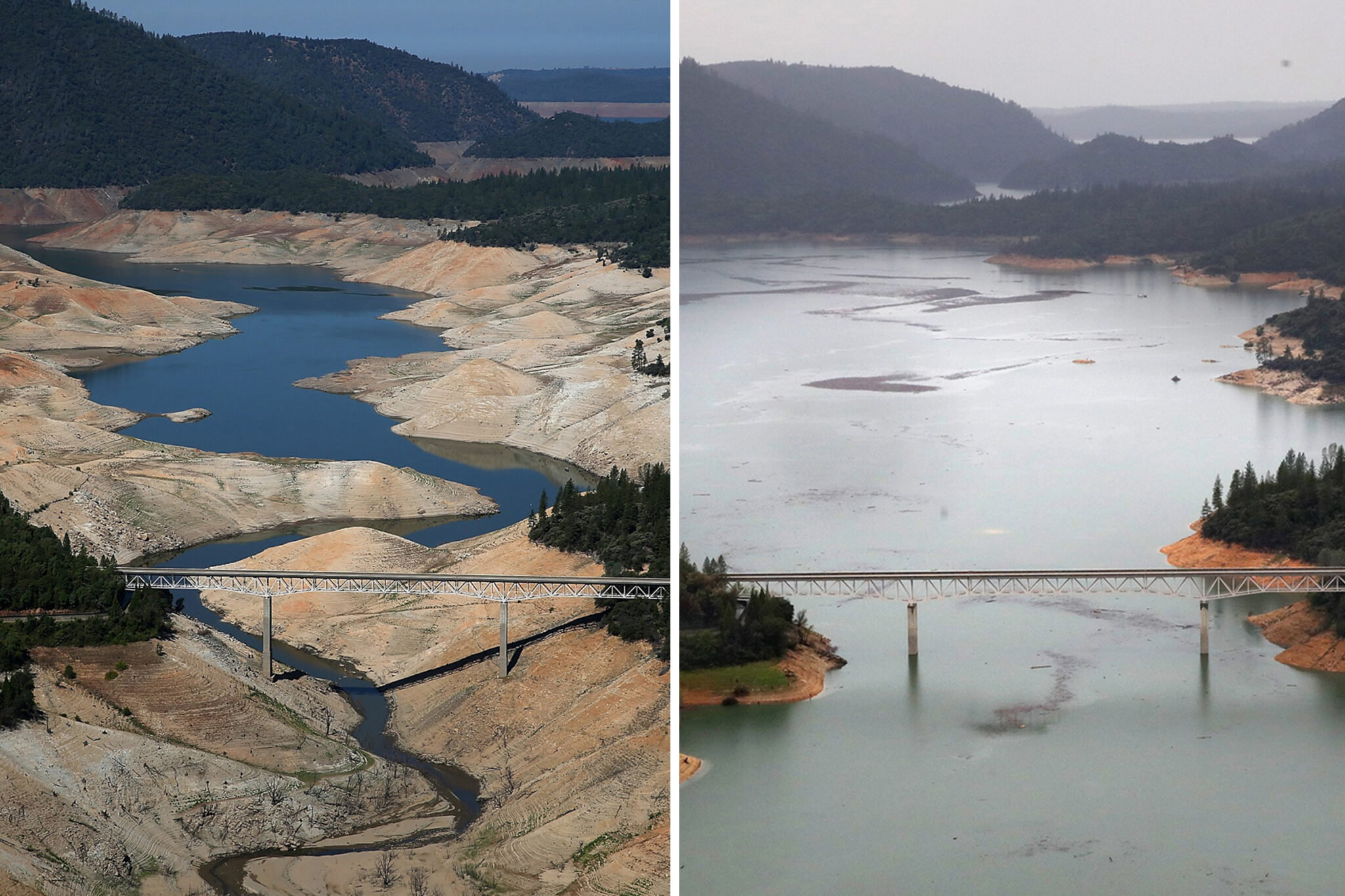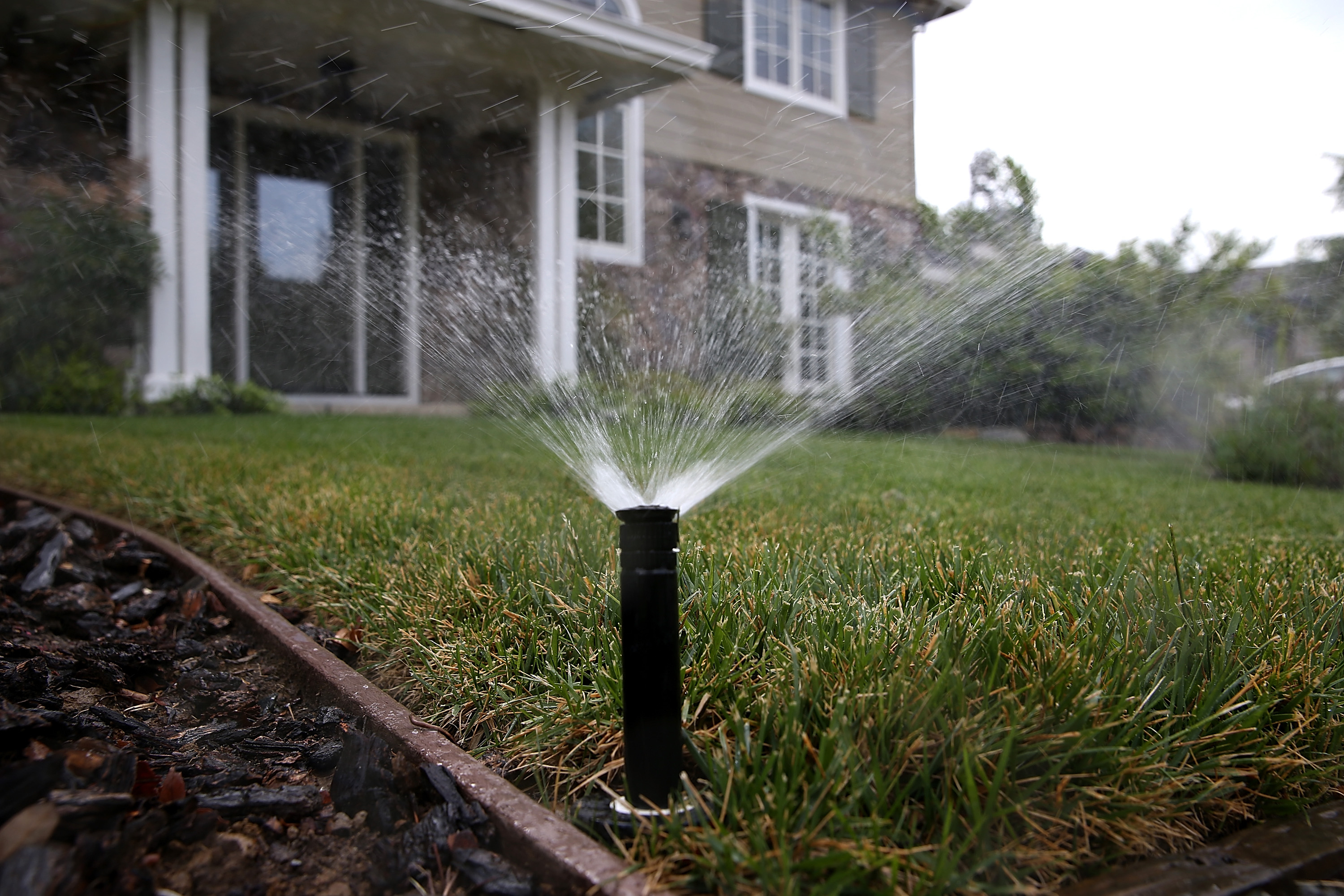California's Water Crisis: Impacts, Challenges, And Sustainable Solutions
California is facing a severe water crisis as its population grows and climate change intensifies. The state's water resources are strained, leading to challenges in meeting the needs of its residents, agriculture, and the environment.
Editor's Note: California's Water Crisis: Impacts, Challenges, and Sustainable Solutions published on [Current Date] as water crisis in California is a pressing issue that demands attention and understanding.
Through extensive analysis and research, we have compiled this guide to provide comprehensive insights into the state's water crisis, exploring its impacts, challenges, and potential sustainable solutions.
Key Differences:
| Impacts of California's Water Crisis | Challenges in Addressing the Crisis | Sustainable Solutions for California's Water Crisis |
|---|---|---|
| - Droughts and water shortages | - Population growth and increasing water demand | - Water conservation strategies |
| - Reduced crop yields and economic losses | - Climate change and variability | - Increased water storage capacity |
| - Environmental degradation | - Limited water sources | - Water recycling and reuse |
Transition to Main Article Topics:
FAQ
This FAQ section provides comprehensive answers to frequently asked questions regarding California's water crisis, its wide-ranging impacts, the challenges it poses, and the sustainable solutions that can mitigate its effects.

South Africa Water Crisis 2024 - Lona Martie - Source leannbcarlita.pages.dev
Question 1: How did California's water crisis originate?
Answer: California's water crisis has resulted from a combination of factors, including persistent drought conditions, rising temperatures due to climate change, the growing population and its increased water demands, and unsustainable water management practices.
Question 2: What are the primary impacts of the water crisis in California?
Answer: The water crisis has had far-reaching impacts on California's environment, economy, and society. It has led to water shortages, agricultural losses, wildfires, reduced hydropower generation, and increased water-related conflicts.
Question 3: What challenges hinder addressing the water crisis effectively?
Answer: Overcoming the water crisis necessitates addressing several challenges. These include the need for significant investments in water infrastructure, the complex political and legal landscape governing water management, and the resistance to change and the implementation of sustainable water practices.
Question 4: What are the viable sustainable solutions for California's water crisis?
Answer: Sustainable solutions to the water crisis encompass a range of strategies, including water conservation, water reuse, groundwater management, desalination, and the development of new water sources. These solutions require a collaborative approach involving various stakeholders.
Question 5: How can individuals and communities contribute to mitigating the water crisis?
Answer: Individuals and communities play a vital role in addressing the water crisis. By adopting water-efficient practices, supporting sustainable water policies, and raising awareness about water conservation, they can collectively make a significant impact.
Question 6: What are the prospects for long-term water security in California?
Answer: Achieving long-term water security in California requires a comprehensive and forward-looking approach. Embracing sustainable water management strategies, investing in infrastructure, promoting innovation, and fostering collaboration among stakeholders are essential to ensuring a secure water future for California.
These FAQs shed light on the multifaceted nature of California's water crisis, emphasizing the need for collective action, sustainable solutions, and long-term planning to safeguard the state's water resources.
Proceeding to the next article section...
Tips
The California's Water Crisis: Impacts, Challenges, And Sustainable Solutions highlights the critical situation of water scarcity in California. Stakeholders must adopt sustainable practices to ensure water security. Here are some effective tips to combat the water crisis:
Tip 1: Implement Water-Efficient Landscaping
Drought-tolerant plants, mulch, and drip irrigation systems reduce water consumption in outdoor areas. Choose plants native to California, which have adapted to the region's climate and require less watering.
Tip 2: Fix Leaks Promptly
A leaking faucet can waste up to 500 gallons of water annually. Regular inspections and swift repairs prevent unnecessary water loss and reduce utility bills.
Tip 3: Install Low-Flow Appliances
Low-flow toilets, faucets, and showerheads significantly reduce water usage without compromising performance. These appliances meet specific efficiency standards and offer long-term savings.
Tip 4: Capture and Reuse Rainwater
Rainwater harvesting systems collect rainwater from roofs and store it for non-potable purposes like gardening or washing vehicles. By utilizing rainwater, communities can supplement their water sources.
Tip 5: Promote Public Awareness
Educating the public about the water crisis and conservation measures is crucial. Community outreach programs, school curriculums, and social media campaigns can raise awareness and encourage responsible water use.
Tip 6: Invest in Water Recycling and Desalination
Advanced technologies like water recycling and desalination can provide additional water sources. Recycling involves treating wastewater to meet specific standards, while desalination involves removing salt from seawater.
These tips offer practical solutions to address the water crisis in California. By implementing these measures, stakeholders can conserve water, protect valuable resources, and ensure a sustainable future.
California's Water Crisis: Impacts, Challenges, And Sustainable Solutions
California's ongoing water crisis demands urgent attention. The state faces significant impacts, challenges, and necessitates innovative sustainable solutions. Six key aspects warrant exploration:
- Diminishing Resources: Climate change, droughts, and unsustainable water use have depleted water sources.
- Infrastructure Deficiencies: Aging and inadequate water infrastructure compromise efficient distribution and storage.
- Environmental Degradation: Water scarcity affects ecosystems, wildlife, and agricultural productivity.
- Economic Consequences: Water shortages impact industries, tourism, and economic growth.
- Social Inequities: Access to clean water varies, disproportionately affecting marginalized communities.
- Sustainable Solutions: Conservation, water recycling, desalination, and groundwater replenishment offer potential pathways.
These aspects interconnect, highlighting the interconnectedness of environmental, economic, and social challenges. Addressing the water crisis requires comprehensive strategies incorporating infrastructure improvements, conservation efforts, and innovative technologies. By recognizing these key aspects, California can strive towards sustainable water management for future generations.

NO WATER, NO LIFE - California water crisis - Lending Acres - Source lendingacres.com

Photographing the Impact of California’s Water Crisis - The New York Times - Source www.nytimes.com
California's Water Crisis: Impacts, Challenges, And Sustainable Solutions
California's water crisis is not simply a matter of too little rain or snow. It's a complex web of interconnected challenges involving water scarcity, climate change, environmental degradation, and population growth. The state's water supply is finite, and its demand is growing. As a result, California is facing a serious water crisis that will only worsen if we do not act soon.

Stop Counting on Individuals To Solve California's Water Crisis | TIME - Source time.com
The impacts of California's water crisis are already being felt throughout the state. Farmers are fallowing fields, cities are rationing water, and businesses are closing. The crisis is also having a devastating impact on the environment, with rivers and streams drying up and fish populations declining.
There are a number of challenges that need to be addressed in order to solve California's water crisis. These challenges include:
- Increasing water storage capacity
- Improving water conservation efforts
- Reducing water pollution
- Addressing climate change
There are a number of sustainable solutions that can be implemented to address these challenges. These solutions include:
- Building new dams and reservoirs
- Upgrading existing water infrastructure
- Implementing water-saving technologies
- Educating the public about water conservation
- Investing in renewable energy sources
Solving California's water crisis will require a comprehensive approach that involves all levels of government, businesses, and individuals. It will also require a long-term commitment to sustainable water management.
Table: Key Insights into California's Water Crisis
| Challenge | Impact | Solution |
|---|---|---|
| Water scarcity | Fallowing fields, rationing water, closing businesses | Increase water storage capacity, improve water conservation efforts |
| Climate change | Drying up rivers and streams, declining fish populations | Reduce water pollution, invest in renewable energy sources |
| Environmental degradation | Loss of habitat, reduced water quality | Implement water-saving technologies, educate the public about water conservation |
Adamari Lopez: Latina Icon, Emmy Winner, And Advocate For Women, Mike DeWine: Ohio's Experienced And Dependable Leader, Executive Order On Ensuring Responsible Development Of Digital Assets, Top 10 NFL Draft Prospects To Watch In 2023: Future Stars Of The Gridiron, Derrick Jones Jr.: High-Flying Versatility And Defensive Prowess, Christopher Eubanks: A Prominent Figure In Social Media And User Experience Design, Emmy-Winning Actress Sheryl Lee Ralph: Broadway Star, Film Icon, And Advocate For Representation, Penn State Nittany Lions Vs. Iowa Hawkeyes: Big Ten Football Showdown, Baltimore/Washington International Airport: A Comprehensive Guide For Travelers, New York City's Historic Stone Houses: Preserving A Legacy Of Architectural Charm,